Alphabet Recognition Normal Upper & Lowercase Letters Worksheets for Ages 5-9
19 filtered results
-
From - To
Enhance your child's letter recognition skills with our Alphabet Recognition: Normal Upper & Lowercase Letters Worksheets designed for ages 5-9. These engaging worksheets help young learners distinguish between uppercase and lowercase letters through fun and interactive activities. Perfect for kindergarten and early elementary students, our resources support foundational literacy skills, preparing children for reading and writing success. With colorful illustrations and easy-to-follow exercises, Kids Academy makes learning the alphabet an exciting adventure. Equip your child with the tools they need to excel in their alphabet recognition journey today. Explore our collection and watch their confidence grow!
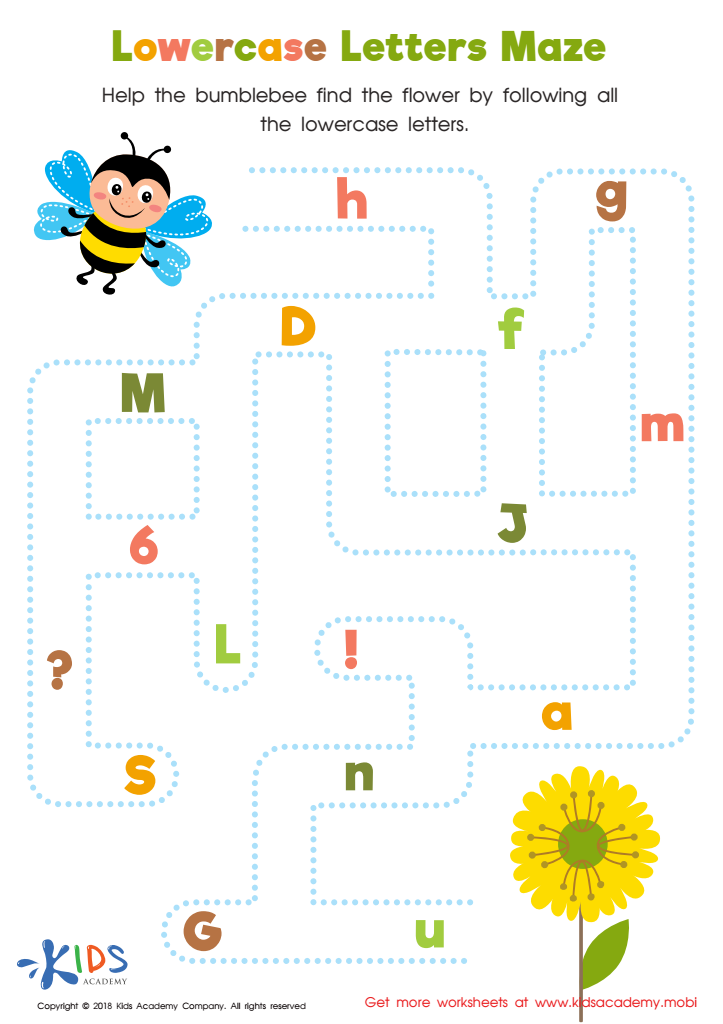

Lowercase Letters Maze Worksheet
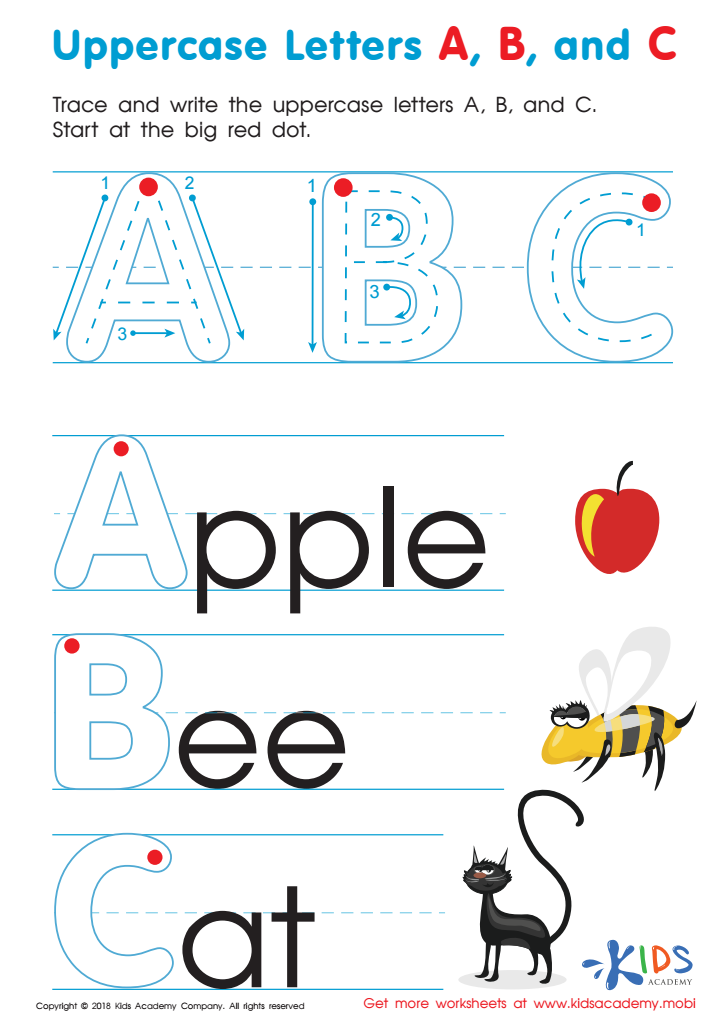

Uppercase Letters A, B, and C Worksheet
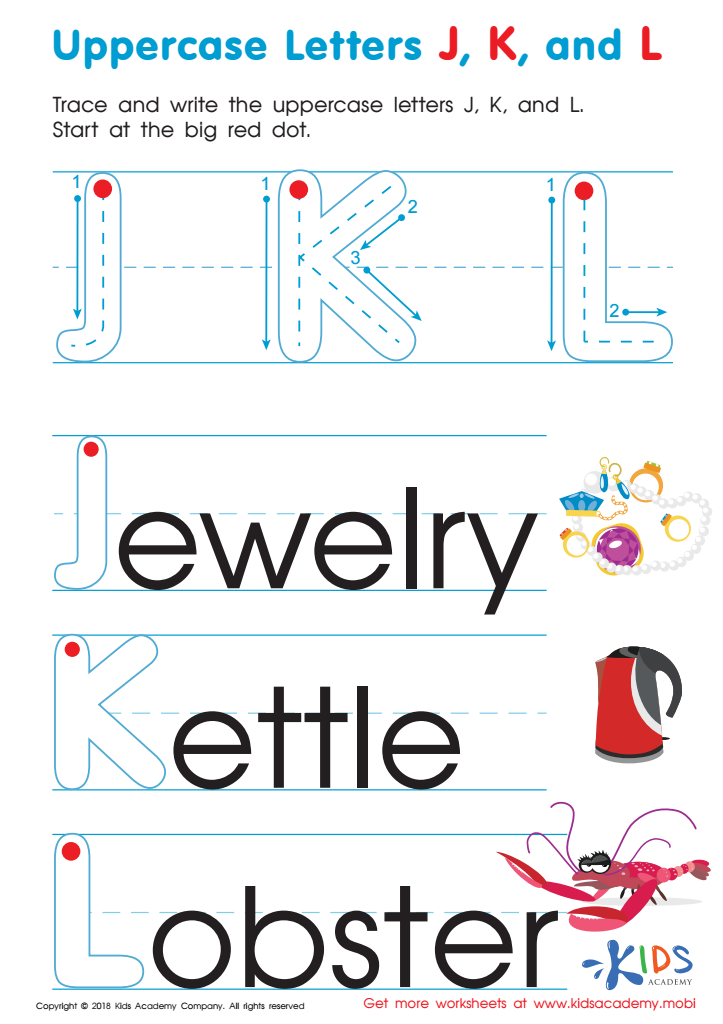

Uppercase Letters J, K, and L Worksheet
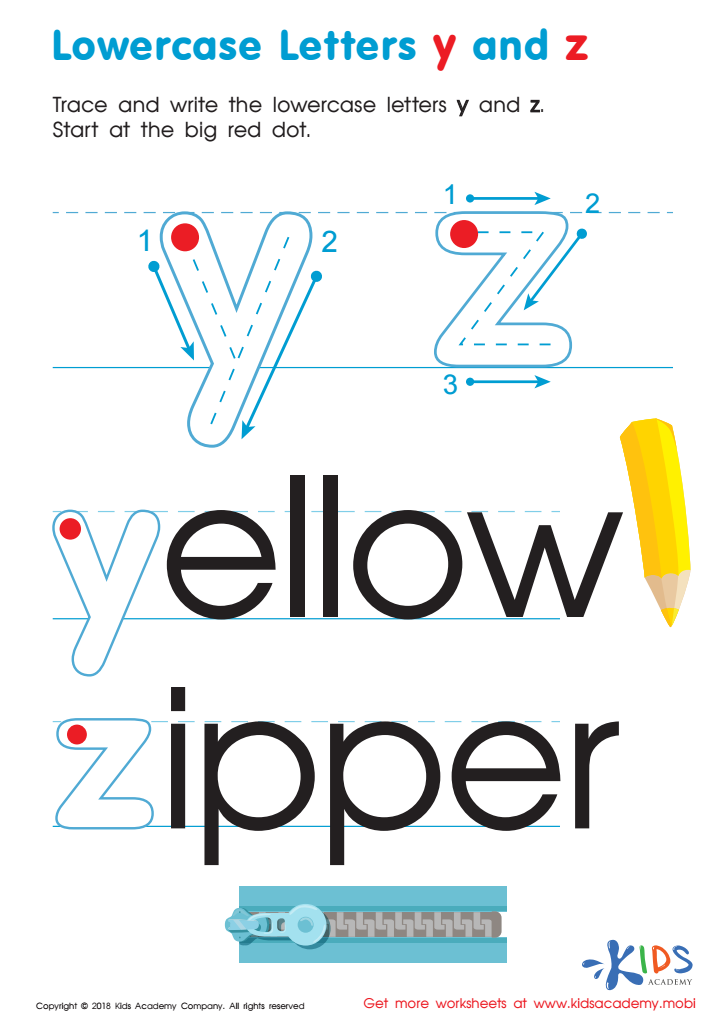

Lowercase Letters y z Worksheet
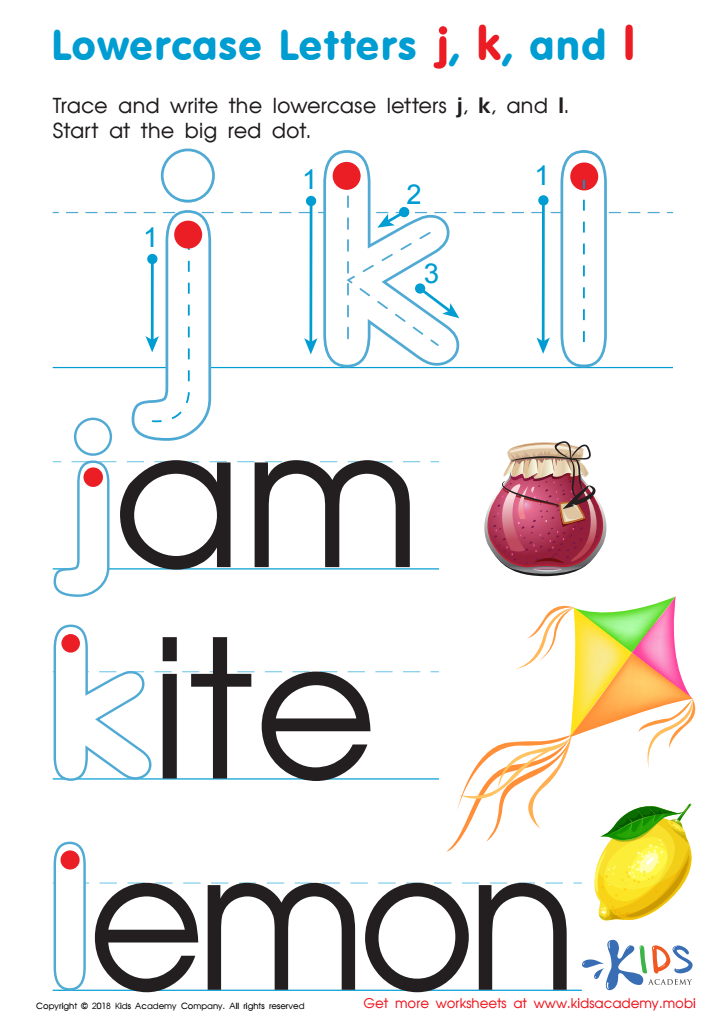

Lowercase Letters j k l Worksheet
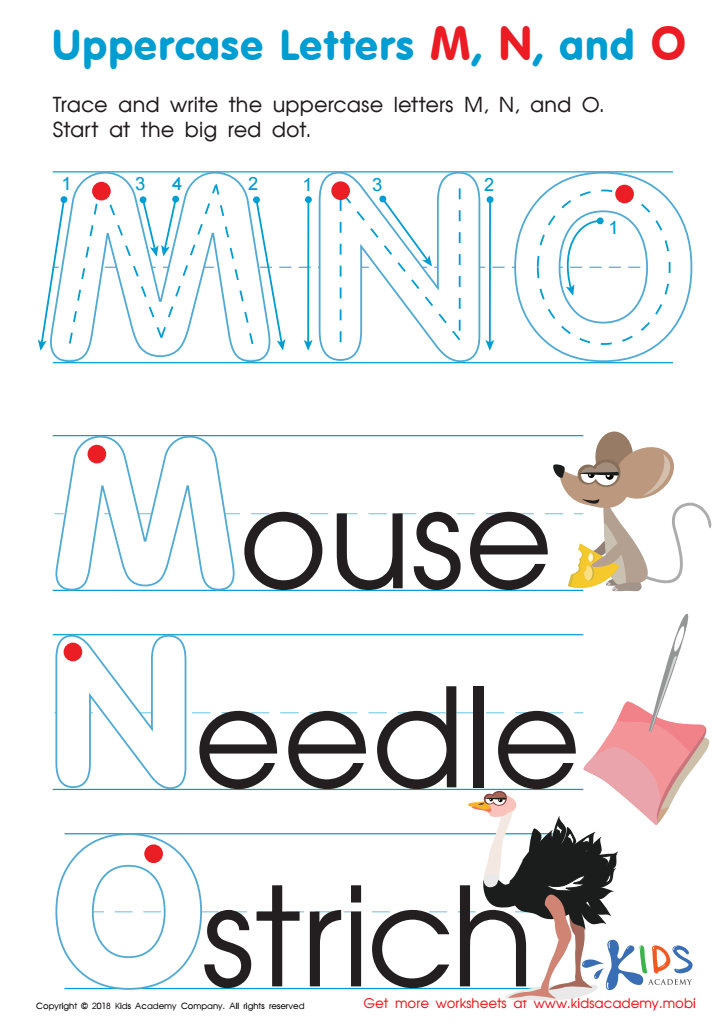

Uppercase Letters M, N, and O Worksheet
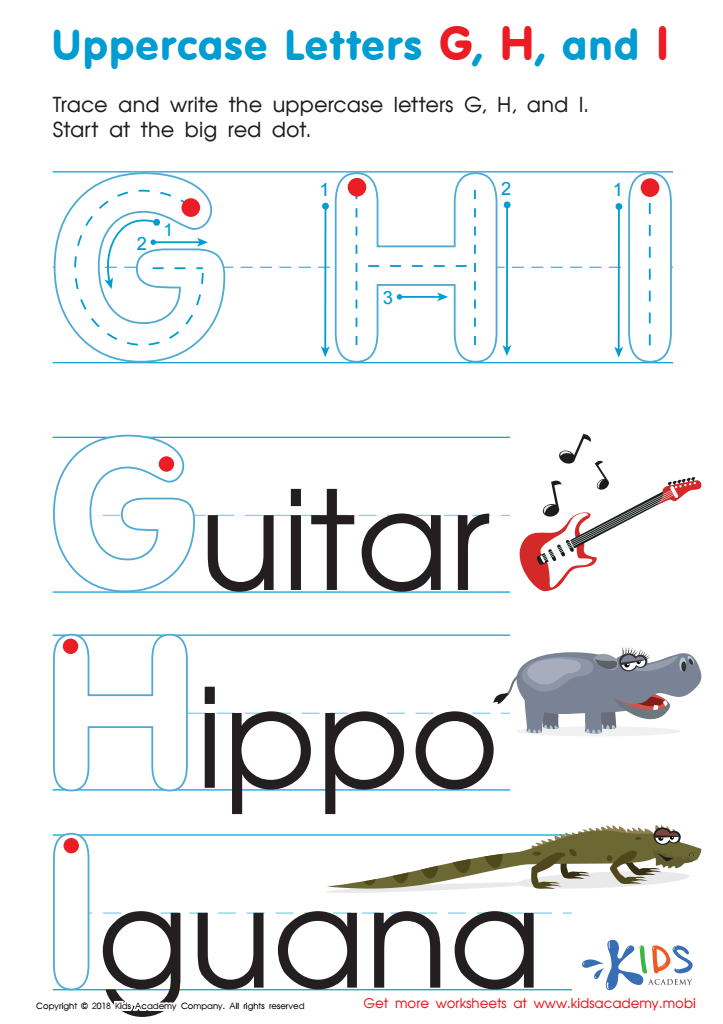

Uppercase Letters G, H, and I Worksheet


Find Uppercase Letters P, Q, and R Worksheet
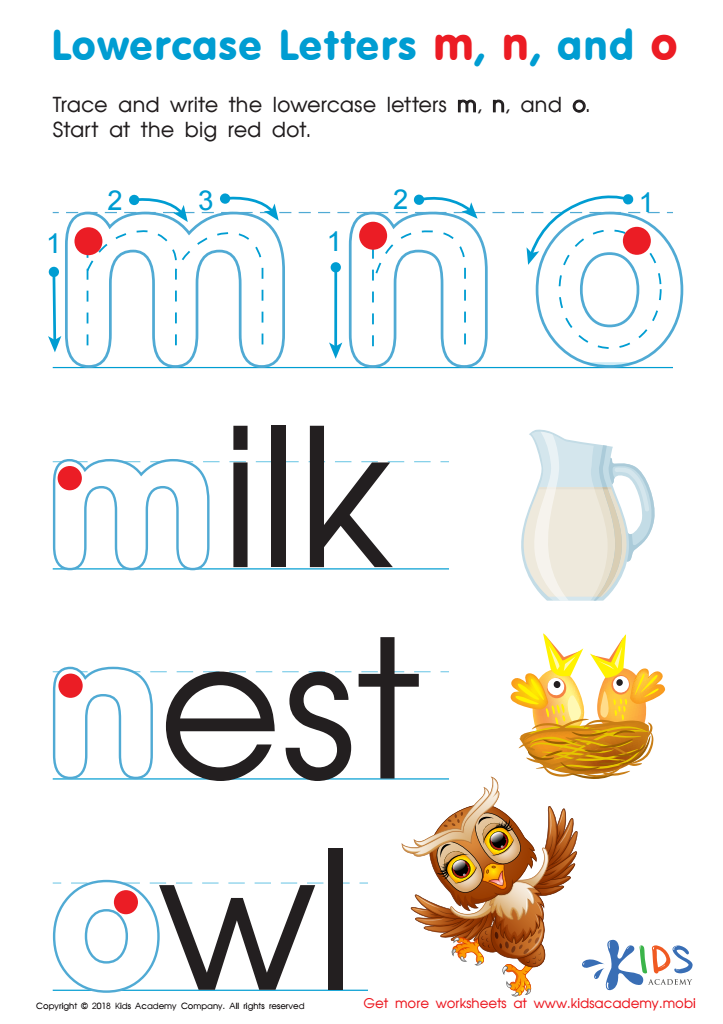

Lowercase Letters m n o Worksheet
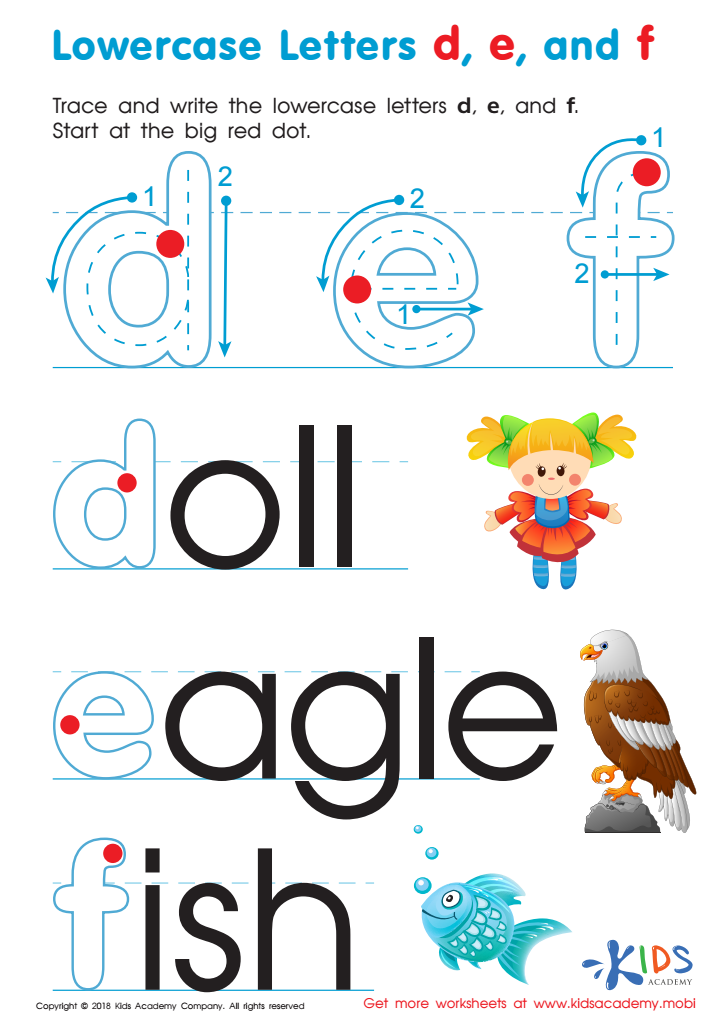

Lowercase Letters d e f Worksheet


Uppercase Letters P, Q, and R Worksheet
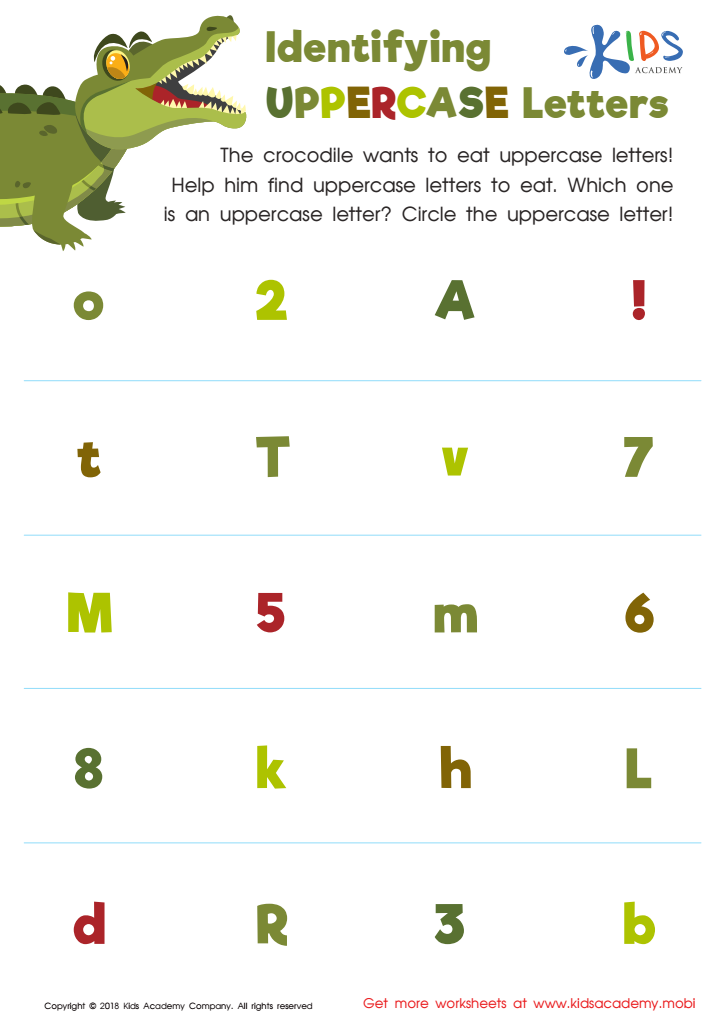

Identifying Uppercase Letters Worksheet
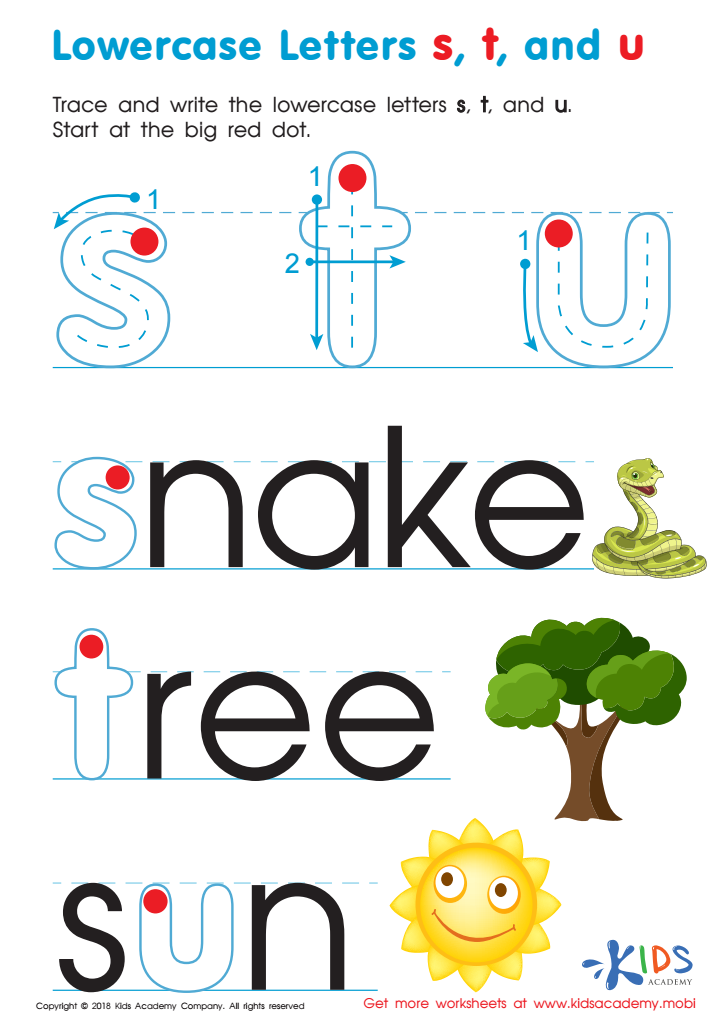

Lowercase Letters s t u Worksheet
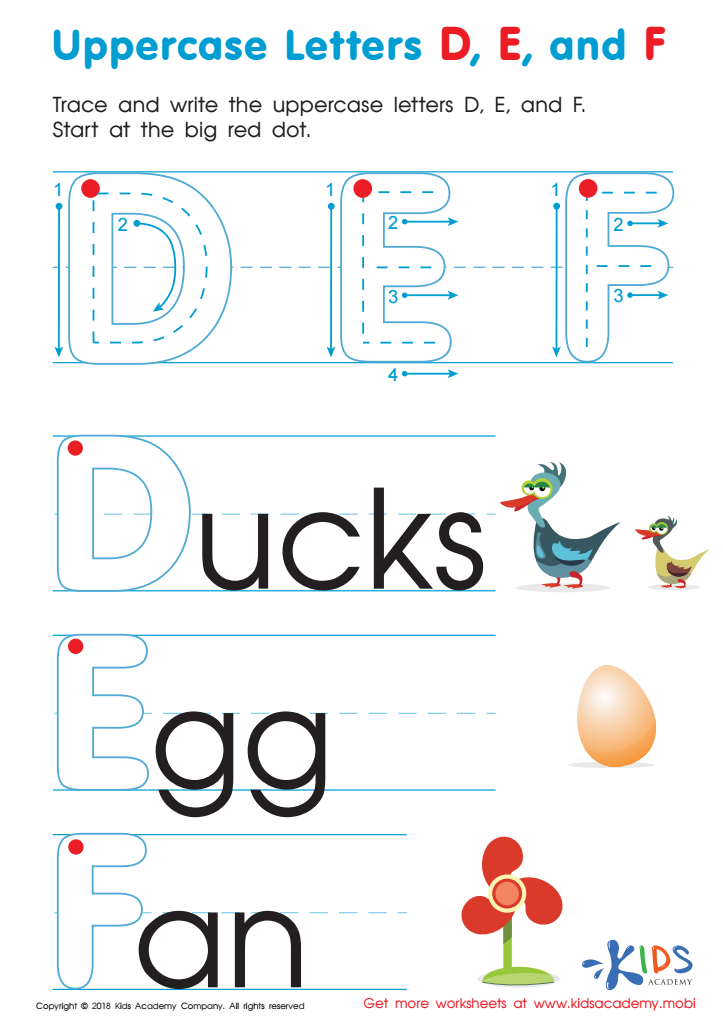

Uppercase Letters D, E, and F Worksheet
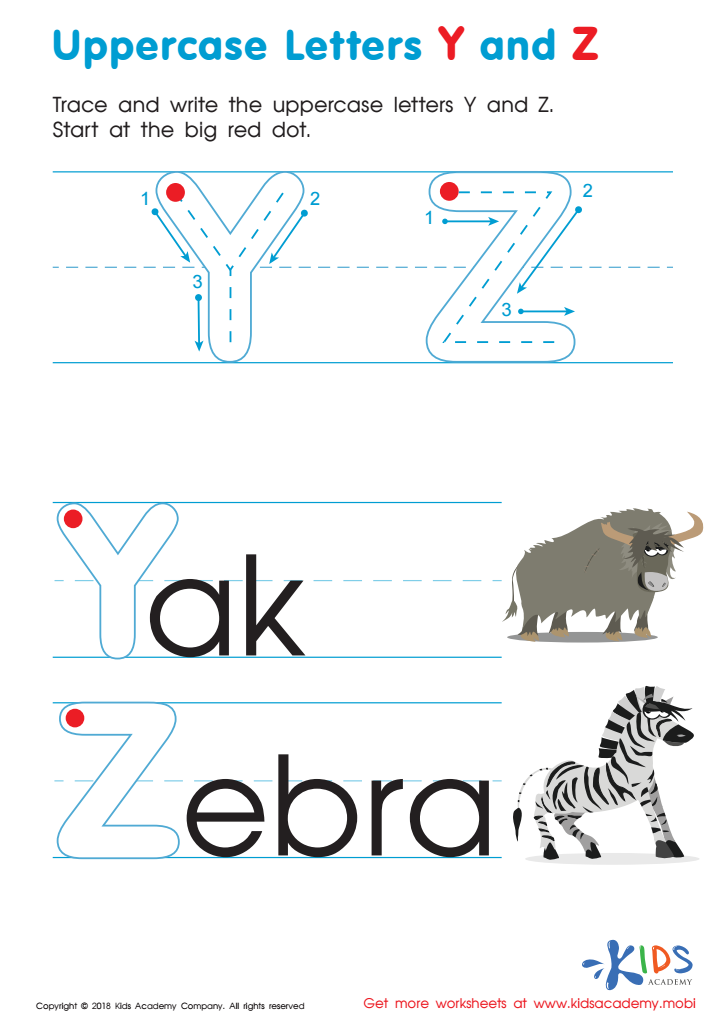

Uppercase Letters Y Z Worksheet
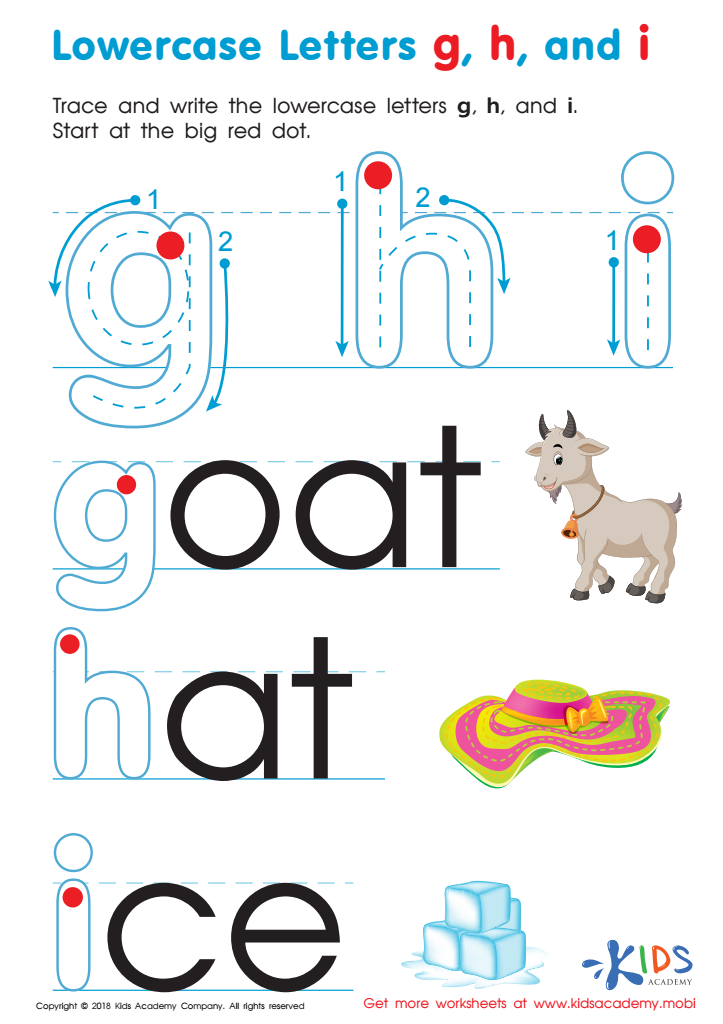

Lowercase Letters g h i Worksheet
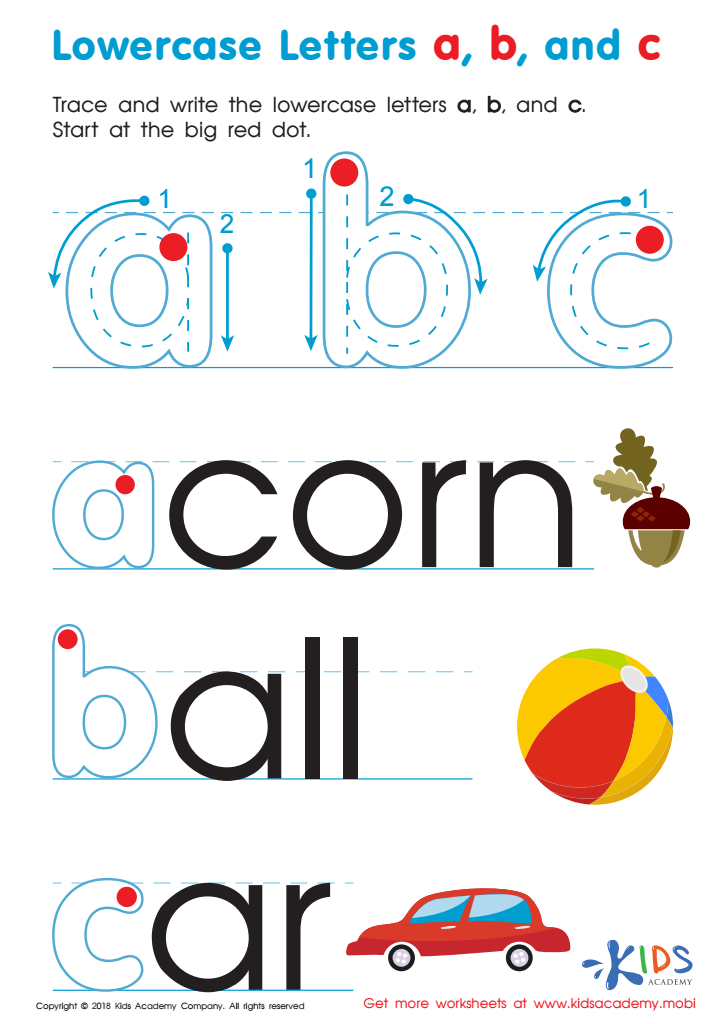

Lowercase Letters a b c Worksheet
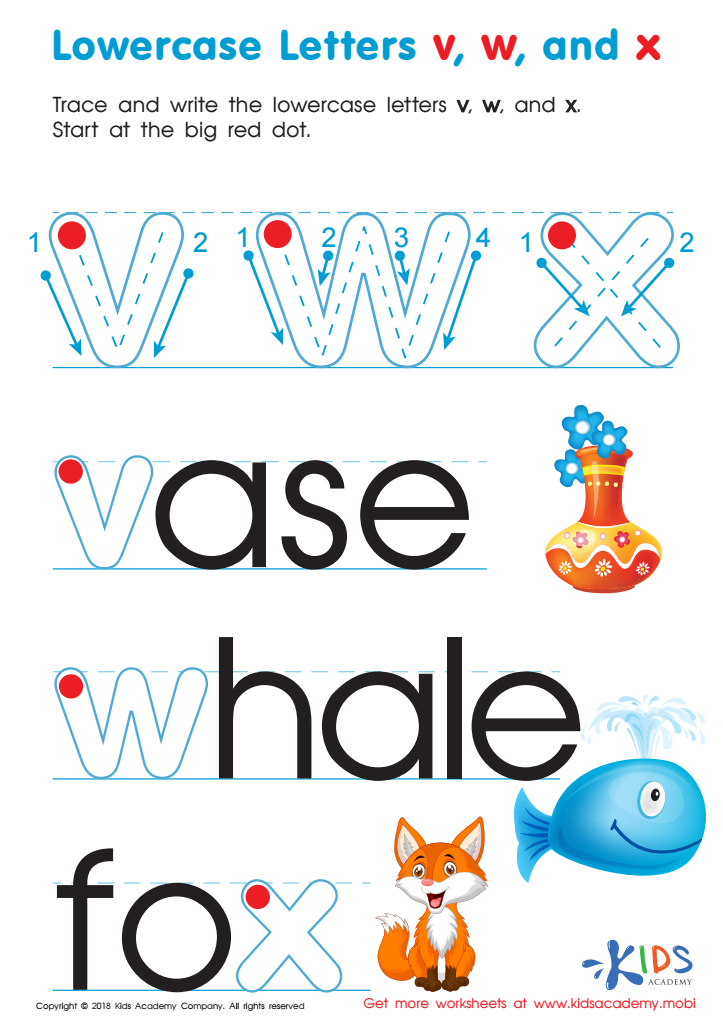

Lowercase Letters v w x Worksheet
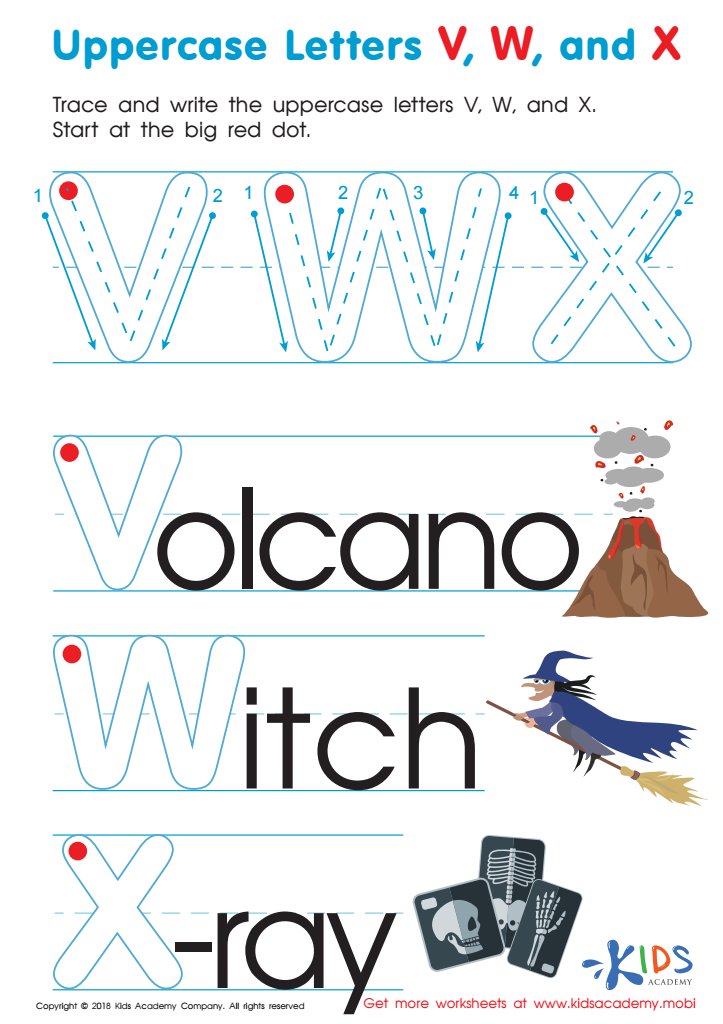

Uppercase Letters V, W, and X Worksheet
Alphabet recognition, both uppercase and lowercase, serves as a crucial foundation for literacy development among young learners, typically ages 5-9. Tuning into these skills enables parents and teachers to facilitate better reading and writing capabilities. Firstly, recognizing letters is the bedrock upon which phonics is built—children learn to associate letters with their corresponding sounds, a critical step in decoding words when reading. The familiarity with both uppercase and lowercase forms ensures that children won't be confused as they encounter different types of text in stories and classroom materials.
Moreover, alphabet recognition enhances cognitive development by training young brains to observe and differentiate between subtle visual differences. This skill sharpens fine motor abilities as children begin to write these letters, further solidifying their understanding through muscle memory.
The early mastery of both uppercase and lowercase letters can also impact a child's self-esteem. Quick recognition fosters quicker reading and writing progression, reducing frustration and supporting academic confidence. This relational and emotional growth extends beyond the classroom, impacting all areas of communication and learning.
Consequently, consistent practice in alphabet recognition gears children toward becoming proficient readers and confident writers, equipping them with essential skills for future academic success.
 Assign to My Students
Assign to My Students












